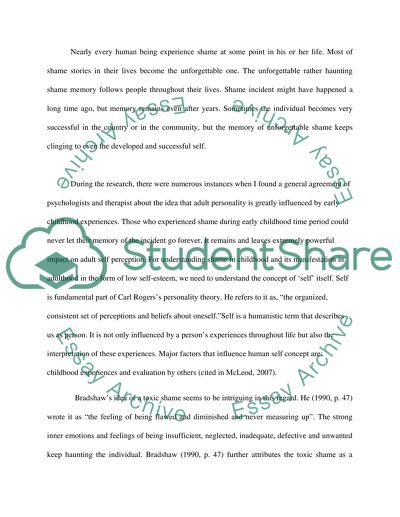Cite this document
(“Definition of Shame, Unforgettable Shame and Self perception Essay”, n.d.)
Retrieved from https://studentshare.org/family-consumer-science/1406404-definition-of-shame-unforgettable-shame-and-self-perception
Retrieved from https://studentshare.org/family-consumer-science/1406404-definition-of-shame-unforgettable-shame-and-self-perception
(Definition of Shame, Unforgettable Shame and Self Perception Essay)
https://studentshare.org/family-consumer-science/1406404-definition-of-shame-unforgettable-shame-and-self-perception.
https://studentshare.org/family-consumer-science/1406404-definition-of-shame-unforgettable-shame-and-self-perception.
“Definition of Shame, Unforgettable Shame and Self Perception Essay”, n.d. https://studentshare.org/family-consumer-science/1406404-definition-of-shame-unforgettable-shame-and-self-perception.


